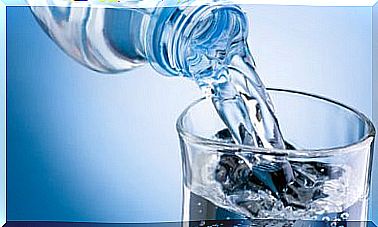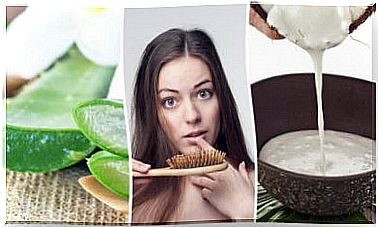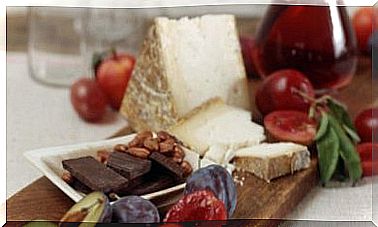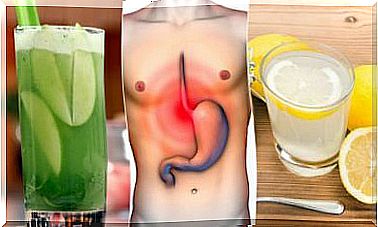Teas And Infusions: What Are They For?
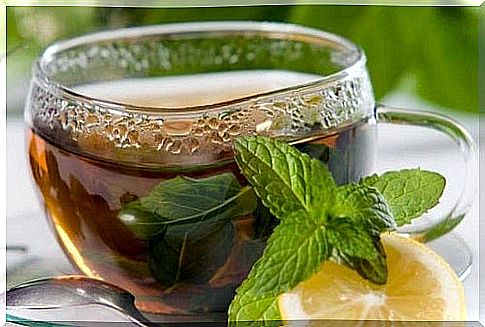
In this article you will find a complete guide to most teas and infusions and information related to their uses. Check it out and, never let them go missing in your kitchen!
Types and properties of teas
Green tea
This tea is considered a great natural remedy, is the healthiest and offers more benefits than any other kind of tea (especially the fermented one).
The tea preserves the components of the natural herb, in situ , almost completely. Among the main properties of green tea we can highlight:
- it is antioxidant, meaning it can delay the signs of premature aging;
- it is depurative, because it helps to eliminate liquids that accumulate in the body;
- it is digestive and fights fats, in fact, helping to lose weight.
In addition, it is rich in vitamins A, B and C, fluorine, sodium and minerals, it strengthens the immune system and allows the body to protect itself from infections or viruses.
Due to its low theine content, it must be prepared with water before boiling, otherwise the leaves will cook and its flavor will be bitter.
The Chinese were the first to discover this wonderful tea, however, nowadays it is more consumed in Japan.
In both countries, the tea-making process is a little different.
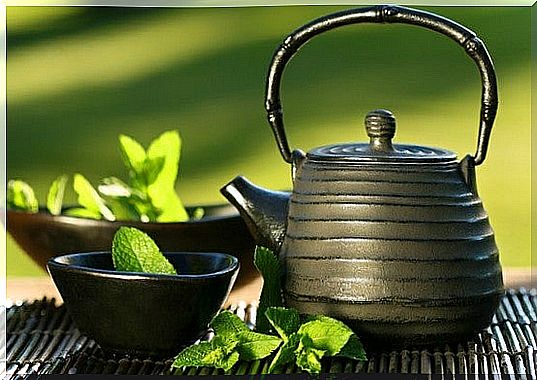
Black tea
It is the most popular tea in Western culture, usually presented in sachets, but also in herbs.
Its flavor and properties make it a wonderful drink. It has antioxidants and besides the property of satiating hunger, it is good for the stomach and has few calories.
It was not always used for consumption, it was also a bargaining chip, as it does not lose its flavor over time.
Camellia Sinensis leaves undergo an oxidation process to stop being green and turn black. It is stimulating for its amount of theine.
The ideal water temperature to prepare this tea is 95 ºC and its intensity will depend on the type or time of brewing.
White tea
It is called the “elixir of youth” for its wonderful properties. It is said to be the most refined and delicious of teas.
Instead of the leaves, the smaller and softer shoots of the plant are used. That is why it is said that the person who drinks this tea is actually drinking the plant’s youth, or its vital energy.
The light color is due to a white fur that covers the newly sprouted leaves, which are hand-picked for a few days in spring.
It is produced in the high mountains of Fujian, China, and has a delicious taste and delicate aroma, as well as offering vitamins C and E. It is also an antioxidant and diuretic and should be drunk at a temperature of approximately 75°C.

red tea
It is called “Pu-erh” and known for its wonderful properties, which makes it a great ally for people who want to burn fat.
It is the “tea of the emperors”, because for a long time its consumption was forbidden to people of lower castes.
Its flavor is very strong, earthy and is dark red. The maturation process requires many years.
Drinking three cups of this tea a day eliminates body fat and lowers cholesterol levels. The ideal preparation temperature is 95°C.
blue tea
Called “Oolong” or semi-fermented. Its flavor can be classified between green and black teas. Its fermentation process is interrupted, then rolled up and allowed to oxidize up to twenty times.
This tea comes from two regions: Fujian (China) and Formosa (Taiwan). It has a vegetable flavor like green tea and can be lighter or darker depending on the brewing process.
It is an antioxidant, strengthens the immune system, regulates cholesterol, reduces blood pressure and, in addition, contains vitamins and minerals.
The temperature for drinking it is 90ºC, but it can also be consumed cold or cold.
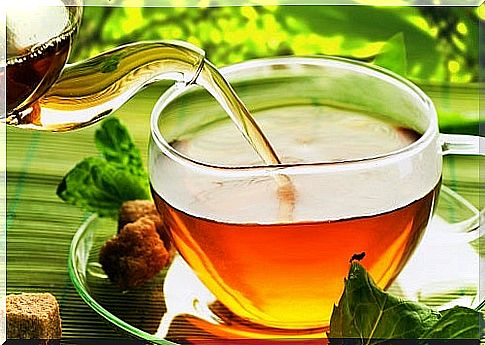
Types of infusions and their properties
After getting to know the main teas, it’s time to learn a little bit about the infusions that we can enjoy using some herbs or plants.
Chamomile
It is widely used to treat mild digestive disorders, indigestion, cramps, diarrhea or gastritis.
It is also used for eye irritation or inflammation and is used for respiratory problems such as asthma, coughing or phlegm accumulation.
For the skin, it is also used to treat acne and clean superficial wounds.
mint
It has antiseptic, antispasmodic and digestive properties. It reduces flatulence, repels insects, maintains good breath and is used to treat coughs and eliminate phlegm.
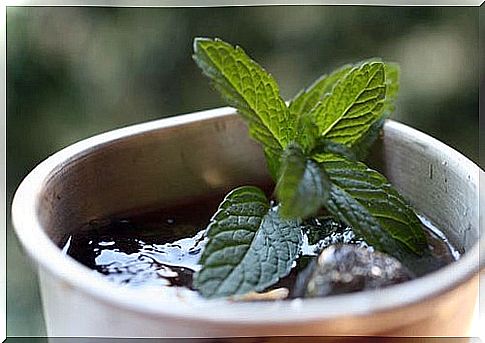
linden
The medicinal part of the lime is found in the fruits and flowers. It is sedative and used as a tranquilizer for the nervous system.
It also improves digestion and helps us sleep better. It can be used to reduce arterial problems, cramps and menstrual pain.
Valerian
It is very similar to lime in terms of its sedative and relaxing properties.
But pay attention to the amounts, because it can have an excessive sedative effect on the nervous system, lower blood pressure, and slow down circulation.
Anise
Its leaves give fresh breath if chewed, it is an expectorant, stomach tonic, regulates menstrual cycles, relieves flatulence and helps with digestion.
Rosemary
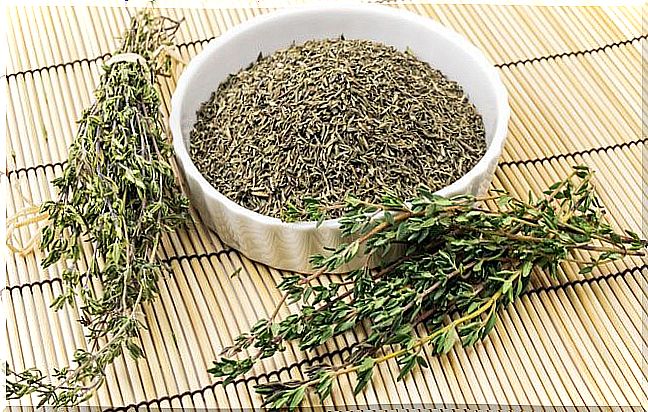
It has healing properties for the nervous system, enhances memory and improves blood circulation.
If in doubt, consult your doctor who will indicate the best way to prepare and take these infusions.
Did you like this article? So, stay tuned in our page.
